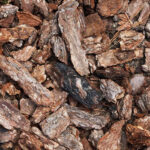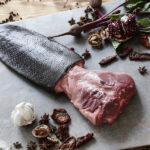One of the most popular game meats that hunters bring home is venison. Deer come in a variety of species, so determining which one to target for food can be difficult.
This article will discuss mule deer vs whitetail taste differences.
Table of Contents
- Mule Deer vs Whitetail Taste Differences
- Can You Taste The Difference Between Mule Deer And Whitetail Meat?
- How To Reduce The Gamey Flavor of Mule Deer
- Which Deer Tastes Better, Mule Deer Or Whitetail?
- Final Thoughts
- Related Posts
Mule Deer vs Whitetail Taste Differences
Mule Deer Meat Has A Sage Flavor
The most distinguishing flavor difference between mule and whitetail deer is that mule deer often have a sagey taste to them. This is because mule deer generally live at higher elevations than whitetail and rely heavily on sagebrush as a food source, especially in winter.
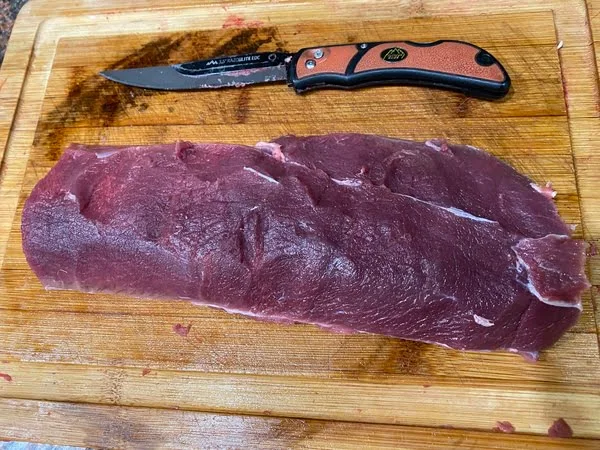
They also eat other forms of bitter brush and older bucks, in particular, can have a very gamey taste and smell as a result of this.
To get a less gamey-tasting mule deer, be sure to bag a younger one earlier in the fall that has not yet consumed a lot of sagebrushes. Also, avoid bagging mule bucks that are in full rut as this can contribute to the gamey flavor as well.
If you want a milder flavor in general, then you would be better suited to stick with whitetail.
Whitetail Meat Is Sweeter Than Mule Deer Meat
If you enjoy earthy flavors or simply prefer milder-tasting venison over a more savory option, then try whitetail deer. Due to their diet, which frequently includes sweet fruits and vegetables like apples, berries, and corn, whitetail deer often have a hint of sweetness to their meat.
This isn’t true of every whitetail, unfortunately. To ensure a sweeter flavor, bag whitetails that live in forests, pastures, and farms. They will have better access to the sweet fruits and vegetables that give them their sweet flavor.
Those that live in more mountainous regions are required to rely on brush and foliage and are more likely to have a gamey taste.
Can You Taste The Difference Between Mule Deer And Whitetail Meat?
The differences, in whitetail and mule deer flavoring, will come down to what each of them has been eating, the sex of the deer, the behavior of the deer at the time it was killed, and how the meat was harvested after. Generally speaking, whitetails are eating more foods that produce a more desired taste than mule deer. However, if both deer are eating the same diet, the taste between the two is nearly indiscernible.
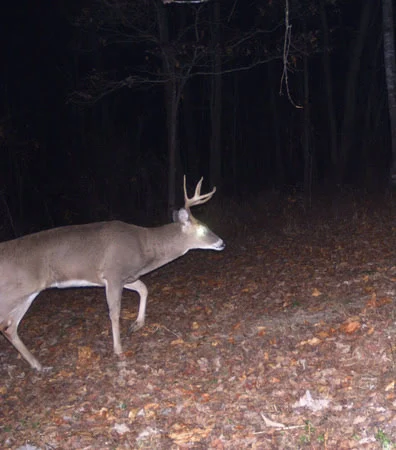
Despite the differences in flavor between mule and whitetail listed above, don’t be upset if you can’t really taste the difference between the two. There are many hunters who have done blind taste tests of mule and whitetail deer and have been unable to tell the difference between the two.
Truth be told, it is mostly up to your personal preference. Keep reading for some tips to make mule deer a little more palatable.
How To Reduce The Gamey Flavor of Mule Deer
If you want to try mule deer but aren’t a big fan of the gamey flavor, then try these tips and tricks to reduce the gaminess of the meat.
Note: Venison is extremely lean, and is best when served medium-rare.
Timing Of The Hunt
Hunt earlier in the fall rather than later in winter to reduce the amount of sagebrush the deer have consumed which should lessen the sage flavor.
Hunting in winter also increases the likelihood of bagging either a whitetail or mule deer with yellow fat instead of the usual white-looking fat. The yellow fat can cause a gamier taste as well and can also make the venison much less visually appetizing.

The white fat in deer turns yellow in the winter when the deer’s body is forced to metabolize the fat as a food source. To avoid this, hunt in the fall when the deer’s regular food sources are still readily available.
Furthermore, don’t hunt at the height of the rutting season as bucks in full rut frequently have a gamier taste than those bagged outside of rutting season.
Processing And Cooking Tips
How deer is processed can have a big impact on how it tastes and its texture later.
To reduce the gamey flavor and tougher texture that deer can have, be sure to trim all the excess fat off the deer during processing and let it age for a few days before cooking any of the meat. Once you are ready to cook your venison, marinate it overnight in buttermilk prior to cooking to reduce the gamey flavor it might have.
This should only be done for the gamier mule deer as whitetail usually has a milder flavor.
If your venison is still a little too gamey for your taste, then use it in a dish that usually requires things to be spiced up a bit.
Gamey meat is great for things like sausage, stir-frys, hamburgers, or tacos and many hunters will mix pork in with their ground venison to add fat and flavor.
There are numerous hunters who insist that processing and cooking can both salvage an indelible gamey deer or ruin a perfectly palatable one, so be sure to know what you’re doing.
Which Deer Tastes Better, Mule Deer Or Whitetail?
More than anything, this seems to come down to personal preference.
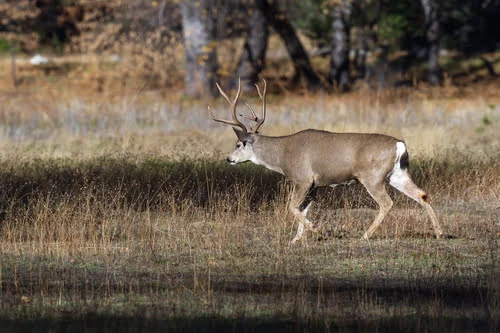
If you like mild, subtly sweet flavored meat, then whitetail is the deer for you. If you like gamey flavors with a hint of sage, then stick with mule deer.
Final Thoughts
Overall, whitetail is the more popular choice of the two, but it’s also more widely accessible to hunters.
There are some hunters who definitely have a preference for mule deer instead. They are just fewer than those who prefer a more mild whitetail.
Both species have a lot to offer though, so try them both and see which one works best for you and good luck this season!
You May Also Like: Why Does Venison Give You Gas?

